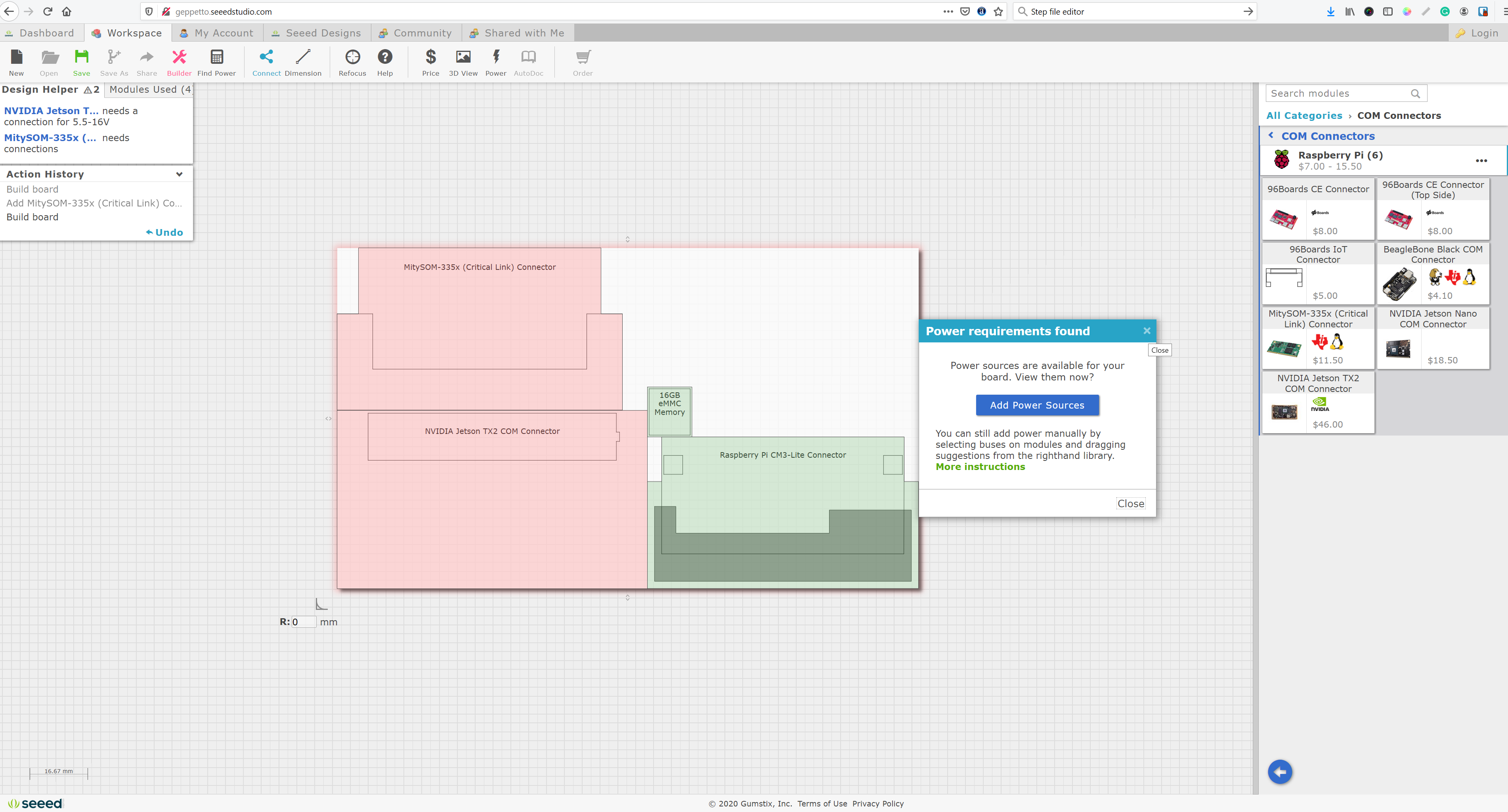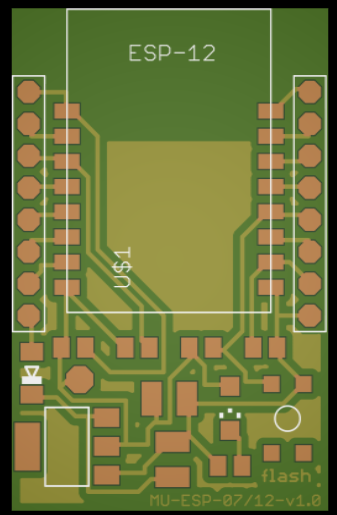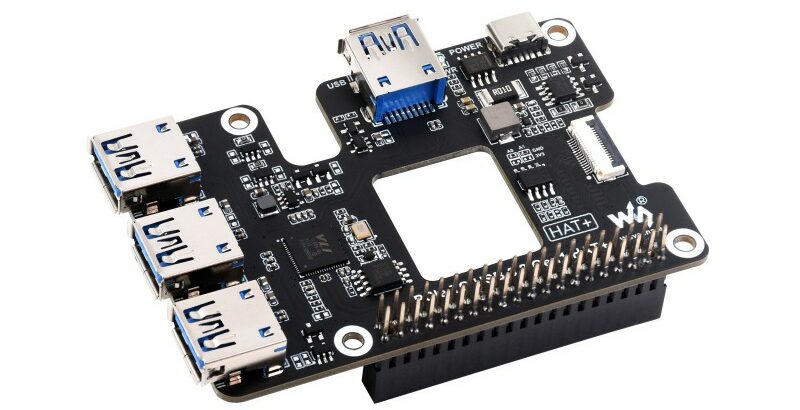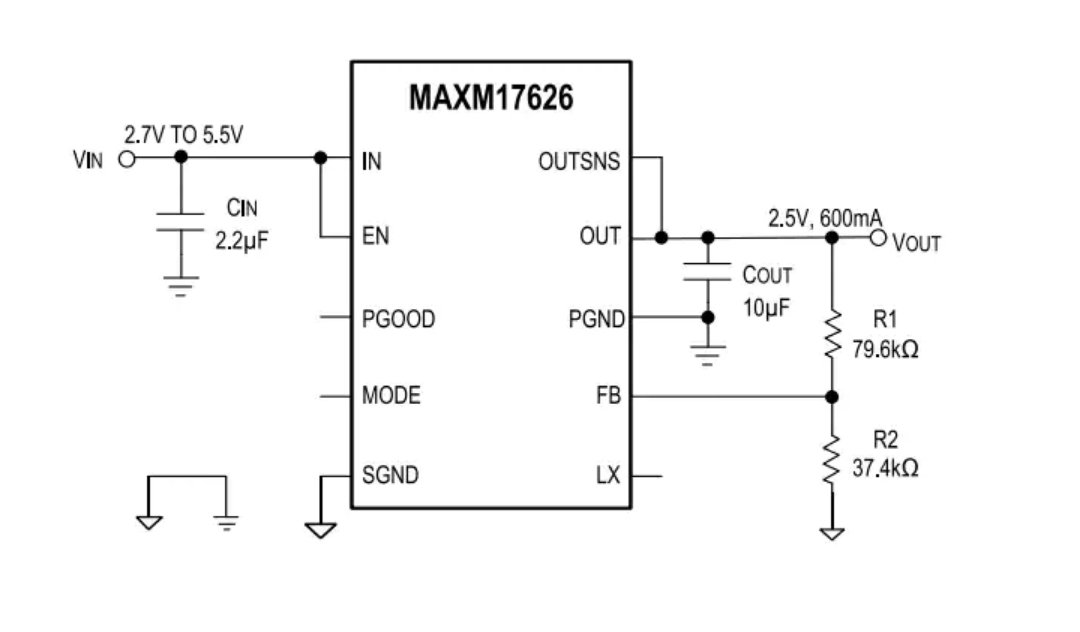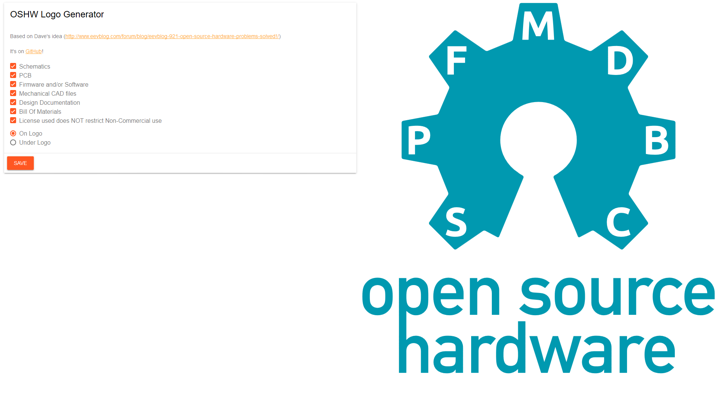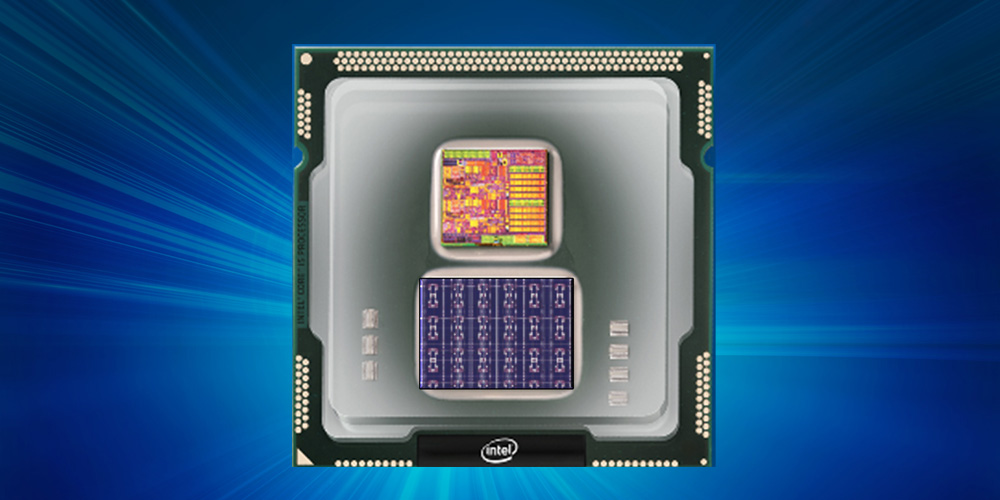
Intel Introduces Loihi – A Self Learning Processor That Mimics Brain Functions
Intel has developed a first-of-its-kind self-learning neuromorphic chip – codenamed Loihi. It mimics the animal brain functions by learning to operate based on various modes of feedback from the environment. Unlike convolutional neural network (CNN) and other deep learning processors, Intel’s Loihi uses an asynchronous spiking model to mimic neuron and synapse behavior in a much closer analog to animal brain behavior.
Machine learning models based on CNN use large training sets to set up recognition of objects and events. This extremely energy-efficient chip, which uses the data to learn and make inferences, gets smarter over time and does not need to be trained in the traditional way. The Loihi chip includes digital circuits that mimic the brain’s basic mechanics, making machine learning faster and more efficient while requiring much lower computing power.
The chip offers highly flexible on-chip learning and combines training and inference on a single chip. This allows machines to be autonomous and to adapt in real time instead of waiting for the next update from the cloud. Compared to convolutional neural networks and deep learning neural networks, the Loihi test chip uses many fewer resources on the same task. Researchers have demonstrated learning at a rate that is a 1 million times improvement compared with other typical neural network devices.
The self-learning capabilities prototyped by this test chip have huge potential to improve automotive and industrial applications as well as personal robotics – any application that would benefit from the autonomous operation and continuous learning in an unstructured environment. For example, recognizing the movement of a car or bike for an autonomous vehicle. More importantly, it is up to 1,000 times more energy-efficient than general purpose computing.
Features
- Fully asynchronous neuromorphic many core mesh.
- Each neuron capable of communicating with thousands of other neurons.
- Each neuromorphic core includes a learning engine that can be programmed to adapt network parameters during operation.
- Fabrication on Intel’s 14 nm process technology.
- A total of 130,000 neurons and 130 million synapses.
- Development and testing of several algorithms with high algorithmic efficiency for problems including path planning, constraint satisfaction, sparse coding, dictionary learning, and dynamic pattern learning and adaptation.





